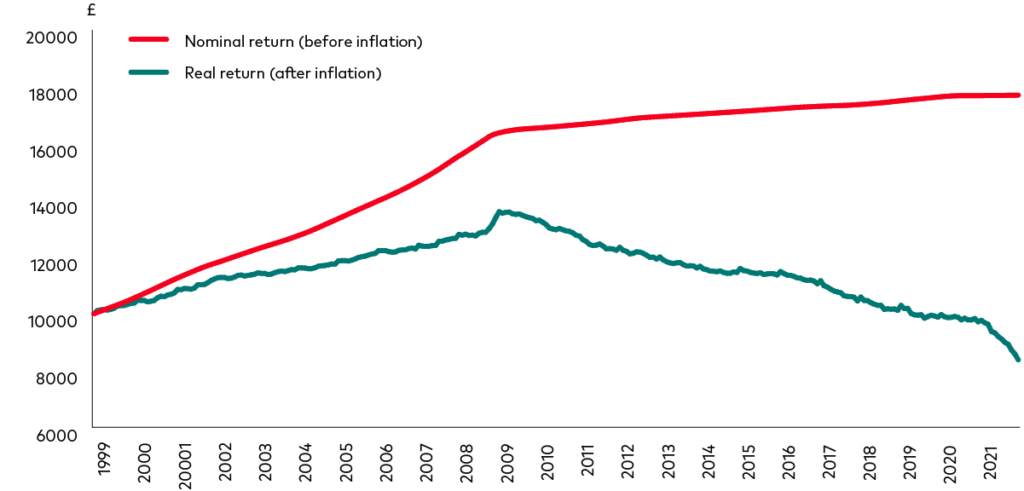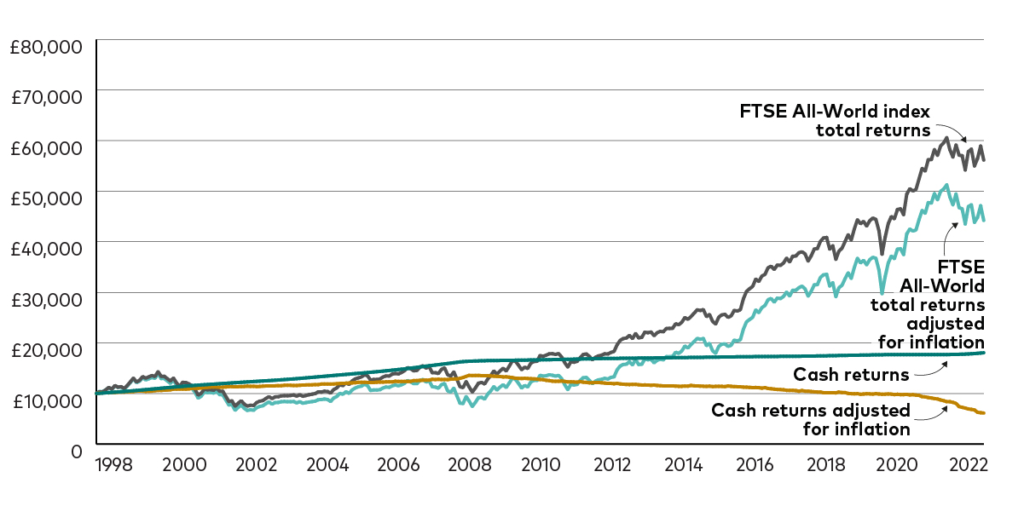Getting home
It was a rainy Thursday evening in October. As I approached the westbound Docklands Light Railway platform, I realised it was stacked 6 layers of commuters thick – everyone meshed together like penguins in the Arctic.

I could notice regular characters from the 6:30pm brigade – the towering gentleman with a style and demeanour out of a P.G. Wodehouse novel, whom I’ll refer to as Bertie. Also present was Felicity – right at the back of the platform, but unmissable not because of her stature, but because of her signature neon trench coat that radiated pinkish hues onto the faces of nearby commuters, whether they liked it or not.
A train arrived, packed; the penguins jostled towards the doors, nobody alighted, but a lucky commuter or two managed to squeeze on – with the inevitable penalty of being merged with a sweaty scrum of strangers. Another train arrived two minutes later – a few more commuters with sharp elbows inserted themselves into the throng, only to have their noses compressed into the armpits of other commuters as the doors closed.
Not being a fan of crowds, armpits or body odour, I had seen enough.
My choices were:
a) go back to the office and wait an hour or two until things improved
b) wait around until the crowds lightened
c) find inspiration from somewhere that offers a non-obvious solution
I turned around and looked at those fortunate souls who were heading east – their incoming train was almost empty and so was their platform. And then I realised that doing the opposite of everyone else was the only way I was going to get home at a reasonable hour. So I boarded the eastbound train and off she sailed – I noticed the westbound platform of the next station, Heron Quays, was jam-packed too; I stayed on. Next up, 2 minutes down the track, was South Quay, and to my delight I noticed that the westbound platform only had a handful of passengers. I got off the train and changed to the westbound platform. After waiting for 20 seconds, the westbound train arrived half empty – to my huge delight. I was about to retrace my steps, but I was heading home.
I made myself comfortable on the train. Heron Quays approached, before the door opened to a flood of eager commuters, all jostling to make it onboard, leaving hundreds of disillusioned faces to watch the doors close and the train depart. It had been 10 minutes since I had headed east from Canary Wharf. And now I was approaching it again. The mass of commuters on the platform didn’t appear to have changed – Bertie, whose moustache could no longer be contained, hadn’t moved; and Felicity’s pink coat continued to act as a fluorescent upwards highlighter on neighbouring faces. Neither stood the faintest chance of boarding this train, or any other anytime soon. I was glad I hadn’t stayed with them.

There are occasions when taking the obvious path isn’t going to provide the benefits we desire.
Falling asleep
I sometimes suffer with insomnia. It always happens when it’s important that I get a good night’s sleep for a challenge the next day – a job interview, an exam, an important meeting or even a long-haul flight – or some other event that requires me to be in tip-top mental shape. In order to give myself every chance of a good night’s sleep I thoroughly prepare in the countdown to snooze time: I read fiction, I avoid blue light, I drink tea designed for sleep, I take a bath and I might even use my wife’s lavender pillow spray just in case it might give me an edge. And when it’s finally time to sleep, I lie there monitoring myself to see if I have fallen asleep yet – and of course, I haven’t, so I try something different – I lie on my right side, then I lie on my back, then return to lying on my left side again.
After half an hour of fruitless attempts to sleep, I remember that I read somewhere that carbs really help sleep and also apple cider vinegar! So I get up and go into the kitchen for a cheese sandwich. Cheese is added because I recall that you get bad dreams from eating cheese before bed – but dreams mean sleep, so I cut off a large chunk just to make sure I get enough of a dose. I pour half a glass of apple cider vinegar and steel myself before somehow dispatching it in return for that magic soporific feeling that I’m fighting so hard to achieve.
Like an Olympic sprinter about to settle into the blocks, I return to bed and I mentally psych myself up again for my battle with sleep. I lie there for 10 minutes, then I try to meditate – slow breathing, acceptance, being the observer of my own thoughts. Still nothing, then I count sheep, this never works…maybe I’m too hot? The duvet is abandoned…wait, aren’t weighted blankets supposed to help – the duvet returns. The hours go by, with one experiment after another failing to deliver the goods. In short, it appears that trying really, really hard to sleep doesn’t work!

I now know that trying hard to get to sleep is going will be counterproductive. The opposite of trying to sleep is trying to stay awake – but that sounds like a ridiculous strategy for getting to sleep. But when all else fails, laying in bed in complete darkness while trying to stay awake has helped me to drift off.
Apparently, I am not the only one this strategy works for. Paradoxical Intention (PI) – having the intention to stay awake as a means to fall asleep, is recommended by the American Academy of Sleep Medicine. According to an article in Psychology Today, trying to take control of involuntary responses – such as sleeping, blushing and trying hard not to laugh, often backfires.
Whenever you can’t sleep, give reverse psychology a whirl and you might end up quickly falling asleep by trying not to.
Avoiding investment risk
Your investment faces the least risk when you are guaranteed not to lose money. Examples of risk-free investments include bank savings accounts and cash ISAs.
But, inflation erodes the value of cash investments and even the 4% interest rates we see UK banks offering in 2023 means that with CPI at 10%, your investment in these products faces a real return of -6%. In my book, the guarantee of losing 6% of your purchasing power over the course of one year doesn’t seem risk-free at all.

The best way to avoid investment risk may actually be to take on risk – better financial returns tend to be associated with higher risk. I’m not suggesting a trip to Vegas with your life savings. Or cryptocurrencies, NFTs or some other untested fad. Oh, and I’m absolutely not dispensing financial advice here either!
The point that I’m making is that unless you are investing for a short period of time, the stock market – which is considered riskier than cash (but safer than Vegas), has been a more reliable way for your investments to outpace inflation than cash, as the graph of the FTSE Global Equities Index shows.

Product Ideation
Assume that the customer segment for a product you are working on is made up of sensible people who want original products. Intuitively, the focus should be on thinking up a small number of sensible ideas based on the conventions that the target customers live by.
Originality is borne out of a large volume of ideas, and it’s usually the ideas that are the furthest from sensible that end up sparking novelty. Wild, crazy, out-of-the-box ideas often end up being the genesis of original, practical, breakthrough ideas that give you the edge over the competition. Design Thinking can be a useful framework to support the generation of new ideas that solve your client’s problems in a better way than

Strength
People get strong by lifting weights, don’t they?
Actually, it’s the lowering of the weight (known as the eccentric movement) where the magic happens – read more here. New weight training machines are able to benefit athletes by increasing the weight on the eccentric portion of the repetition. I use the Vitruvian Trainer+ to accomplish this. Running down a hill or walking down stairs will strengthen your muscles and bones more than ascents.
Philosophy
You will never be happy if you continue to search for what happiness consists of. You will never live if you are looking for the meaning of life
Albert Camus
Pursuing failure is how you improve and ultimately succeed. Effective weight training demands that your last repetition is the one that you fail to complete. You need to experience failure in business in order to develop insight into how to be more successful. Facing your fears and insecurities head-on leads to breakthroughs in your resilience and perseverance. Being open about your vulnerabilities will make you more confident and attractive to others. Ultimately, our challenges, failures, struggles and disappointments are the sources of our strength, character, wisdom and satisfaction.
Flightpaths
Until February 2022, a trip to Japan from the UK involved 8 hours of eastward flying over Russia.

Avoiding Russian airspace would surely involve an easterly flight over the countries that lie south of Russia.
It turns out that a westbound flight to Japan can sometimes be a faster and more fuel-efficient option.

Use sparingly
It doesn’t always make sense to do the opposite of convention. Following established practices and learning from the cumulative wisdom and experience of humanity is often the right path to take. And following the wisdom of the crowd – especially when the crowd is large and made up of diverse, independent perspectives, can leverage collective intelligence. Statistics from the TV show Who Wants to Be a Millionaire? shows the Phone a Friend (the expert) option yielded a correct response 65% of the time compared with 91% from the Ask the Audience.
Innovating and sometimes problem-solving demands that we try something completely new and distinct from Bertie, Felicity and everyone else. Consideration of doing the opposite of what is obvious may lead you to find a better solution.